In northern Finland and Norway (Lapland in general), there are sometimes massive outbreaks of autumnal moth (Epirrita autumnata) infestations. The primary food source of the larval moth is tunturikoivu, or mountain birch. Heini Koivuniemi, a graduate student who is helping with this project, told me that the last outbreak in this area was in 2005. In outbreak years, leaves are eaten off trees in huge areas, and the ground becomes a 'living carpet' of caterpillars.
At Puksa, the local name for the hillside just above the Kevo research station, there is an ongoing project that examines how these moths affect the root fungi of the plants. Root fungi, known as micorrhizae, live in a symbiotic relationship with plants. The fungi can absorb nutrients and water from the soil, which the plant can then use. The plant provides carbon and sugars that the fungi can use. The micorrhizal fungi are really important to the birch up here in the nutrient-poor, sandy soils. When the autumnal moth larvae (the caterpillar stage) eat the leaves of the birch (or any plant), the researchers have found that the carbon flow to the roots of the plant is affected.
To study the effects of the autumnal moth on the root fungi, they have built vegetation enclosures. Each enclosure contains at least one mountain birch plant, as well as groundcover.
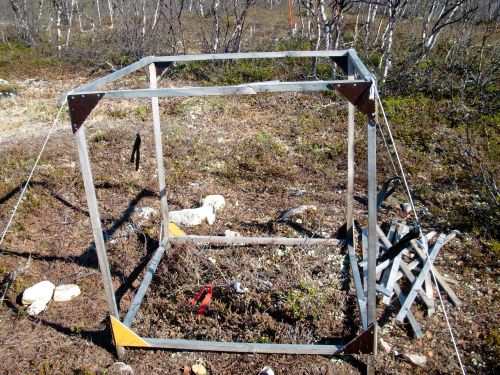
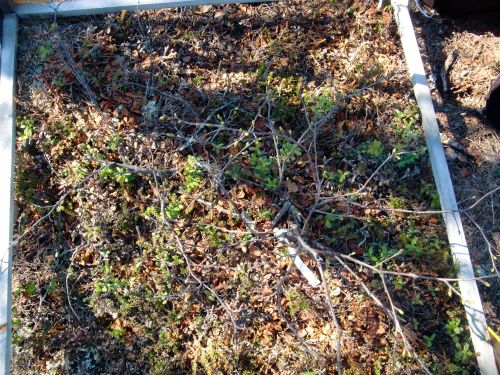
The third year of the project is starting right now, as it is the young leaves that the small moth larvae first eat, directly after bud burst. Once the leaves are larger, they are too tough for the young larvae to eat. The enclosures need to be prepared to isolate the surrounding vegetation from the moths.
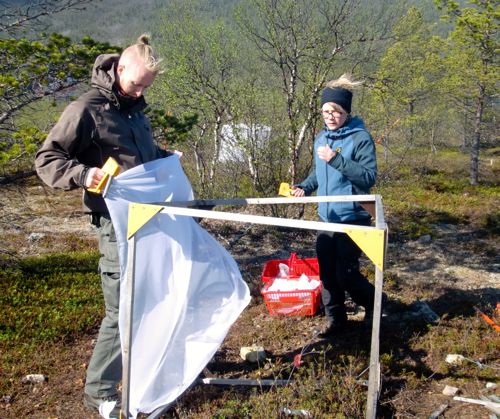
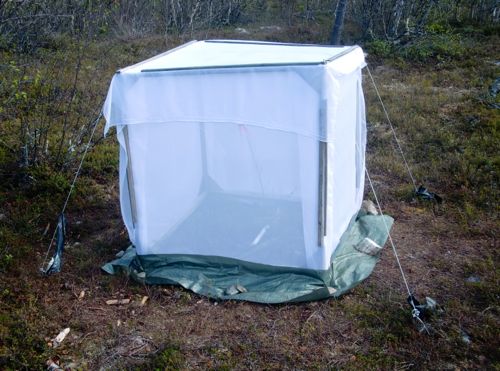
The researchers release moth larvae into these enclosures, and let the moth's life cycle take place inside. Once the caterpillar has finished feeding sometime in mid-summer, it will form a cocoon on the ground inside the enclosure. The adult moth will emerge from the cocoon in the autumn (hence the name), but will not be able to escape to lay its eggs anywhere but inside the enclosure. In late autumn when the adults have died off, the researchers will dismantle the enclosure and take soil and root samples for analysis.
Typically the eggs of the autumnal moth overwinter in a dormant stage on the stems of the birch, then the new generation of larvae hatch at bud burst and start feeding. On this project, however, larvae are brought in and put in the enclosures.
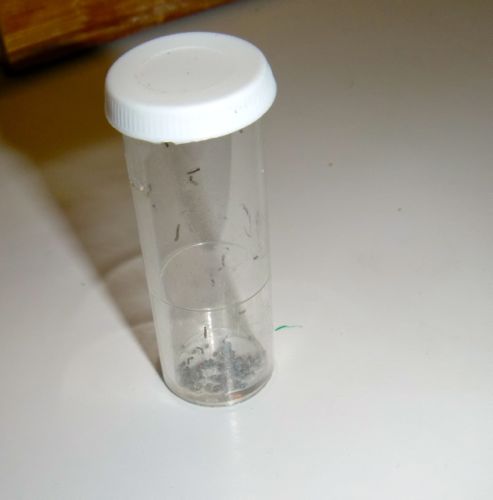
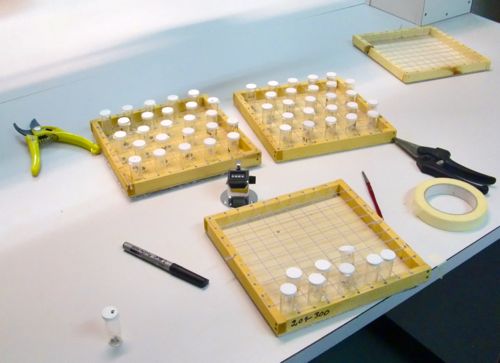
I found several short articles (with more pictures) regarding autumnal moths. This one speaks of the moth in Norway, but the same is true for Finland. I also discovered that there have been outbreaks of the autumnal moth in Alaska!
Heini has spent a lot of time at Puksa, and has proved to be a wonderful wealth of information not just about this project, but also about the area in general. Her English is excellent, and she has been really willing to answer my continuous questions!
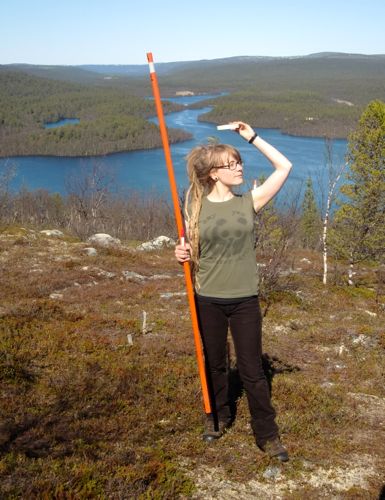


Comments